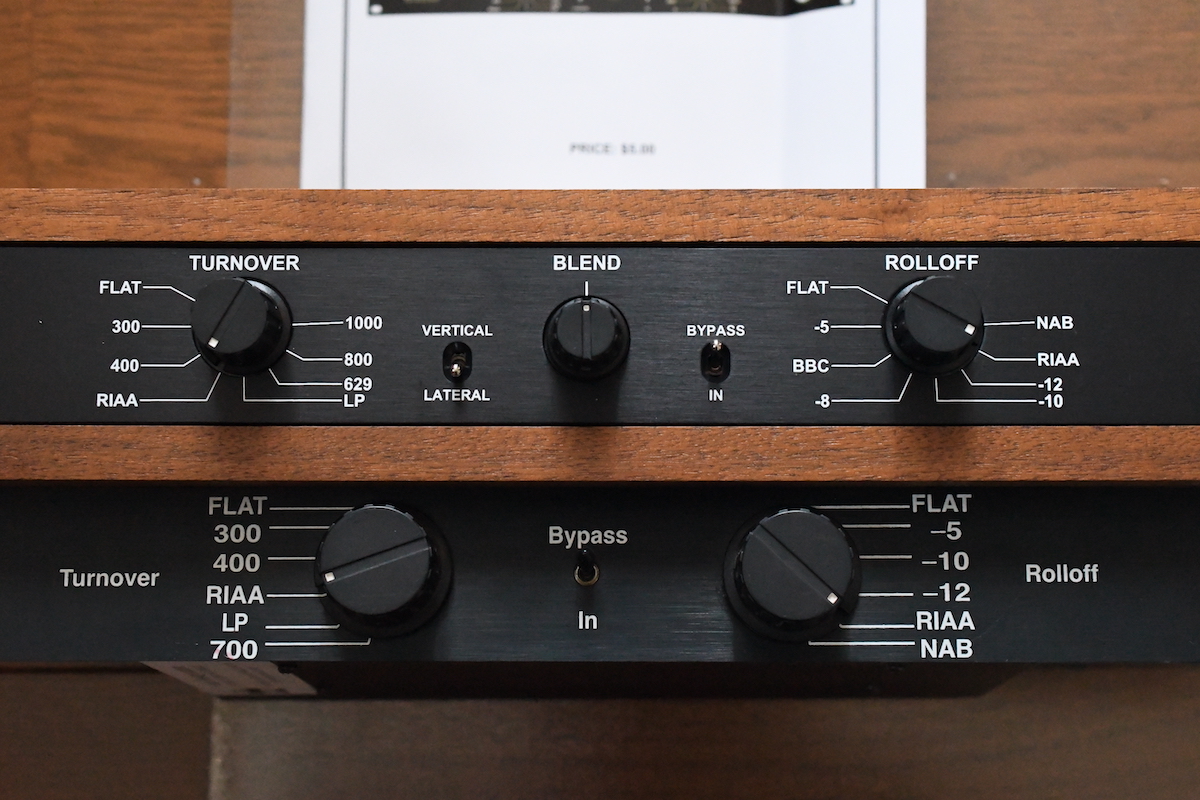Things I learned on Phono EQ curves, Pt. 1
Pt.0 (はじめに) の続きです。
This article is a sequel to “Things I learned on Phono EQ curves, Pt.0”.
レコードのEQカーブについて深掘りする前に、そもそも なぜイコライゼーションが生まれたのか、なぜ必要とされたのか、その歴史から調べてみることにしました。また、更にさかのぼって、音を溝に記録するとはどういうことか、についても学び直すことにしました。なので、カーブの話に到達するまでに長い道のりになってしまう予定です(笑)
Before digging deeper about EQ curves, I started to study from the very beginning: why the EQ curve was born, why it was/is needed for phonograph recording (and playback). Also, I tried to re-study the very basic – how the recording sounds are converted to a modulated spiral groove. So I’m afraid it will take very long before I reach the story of the EQ curve itself…

Audio Reconstruction of Mechanically Recorded Sound by Digital Processing of Metrological Data – Scientific Figure on ResearchGate.
Available from: https://www.researchgate.net/figure/Digital-image-of-the-surface-of-78-rpm-record-taken-with-optical-magnification-The_fig1_242606860 (accessed 4 Sep, 2022)



![[RCA Victor LPM-2302 Front Cover]](https://microgroove.jp/img/VictorLPM2302_F.jpg)
![[RCA Victor LPM-2302 Back Cover]](https://microgroove.jp/img/VictorLPM2302_B.jpg)
![[Tijuana Moods]](https://microgroove.jp/img/09026-63840-2_F.jpg)
![[Command Performance]](https://microgroove.jp/img/CommandP1942_00030000.jpg)
![[Sound And The Story]](https://microgroove.jp/img/SoundAndTheS_00133000.jpg)